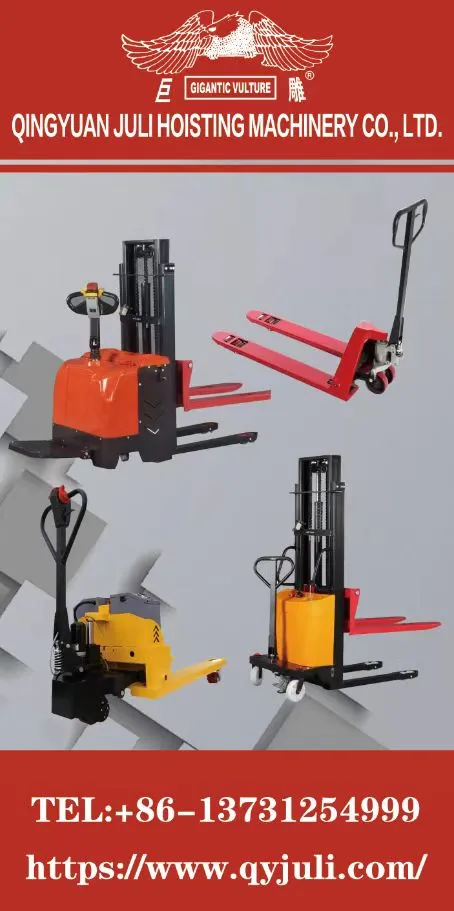


The Importance of Fall Restraint Equipment in Workplace Safety
In industries where employees work at heights, fall restraint equipment is crucial in promoting safety and preventing workplace injuries. Falls from elevations remain one of the leading causes of serious workplace injuries and fatalities. Therefore, implementing effective fall restraint measures is not just a regulatory requirement but a fundamental aspect of protecting workers' health and well-being.
Fall restraint equipment includes a variety of devices designed to prevent workers from falling while performing tasks at height. This equipment typically consists of harnesses, lanyards, anchorage points, and lifelines. Each component plays a vital role in ensuring that, should a fall occur, the worker is prevented from descending to lower levels.
One of the primary benefits of fall restraint systems is that they maintain an effective range of motion while keeping workers safe. Unlike fall arrest systems, which simply stop a fall after it begins, fall restraint systems are designed to prevent falls in the first place. By securing workers to an anchorage point and limiting their movement, these systems allow them to complete their tasks without the risk of plummeting from heights.

Proper training in the use of fall restraint equipment is equally important. Workers must be educated on how to properly wear and maintain their harnesses, as well as how to inspect the equipment regularly for signs of wear and tear. Employers should conduct regular training sessions that not only cover the technical aspects of using the equipment but also emphasize the importance of adhering to safety protocols.
Employers also share a significant responsibility in ensuring that their workers are protected from fall hazards. This responsibility includes conducting thorough risk assessments to identify potential fall hazards and implementing necessary safety measures. Furthermore, employers must ensure that all fall restraint equipment meets regulatory standards and is appropriate for the specific tasks being performed.
In conclusion, fall restraint equipment is an essential component of workplace safety for those working at heights. It helps minimize the risks associated with falls, protects workers, and improves occupational health outcomes. By investing in high-quality equipment and providing adequate training and compliance measures, employers can create a safer work environment that prioritizes the well-being of their employees. Ultimately, the goal is to foster a safety culture where workers feel secure, knowing that their safety is a priority in their work environment.



